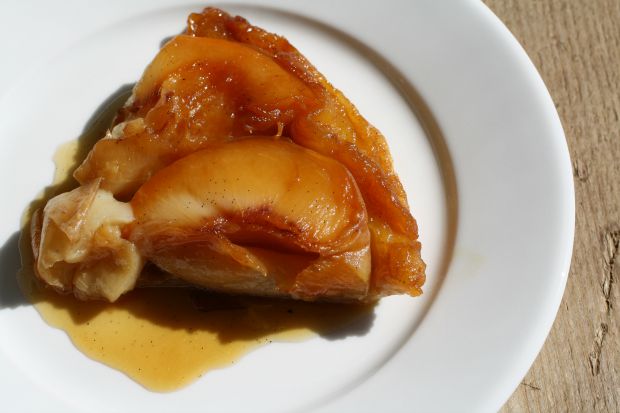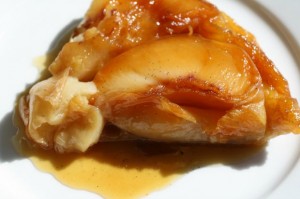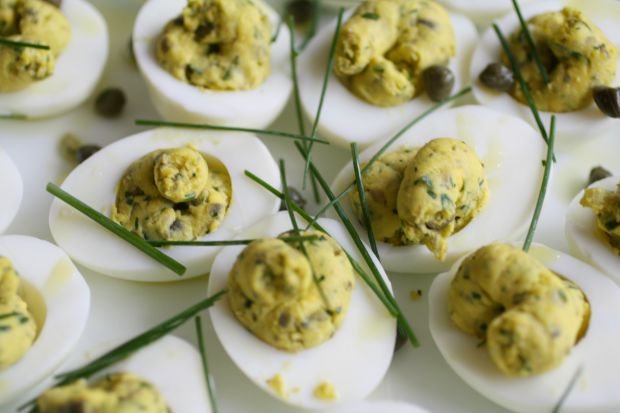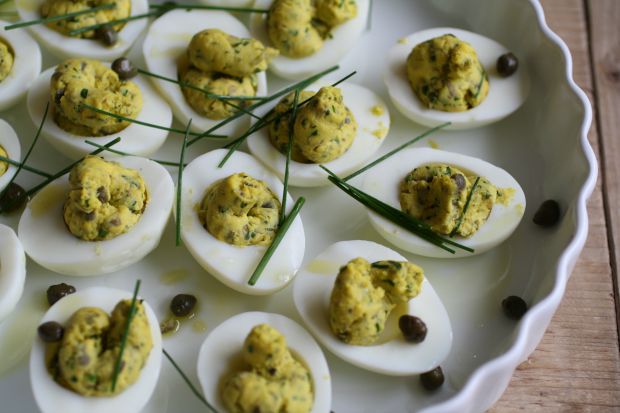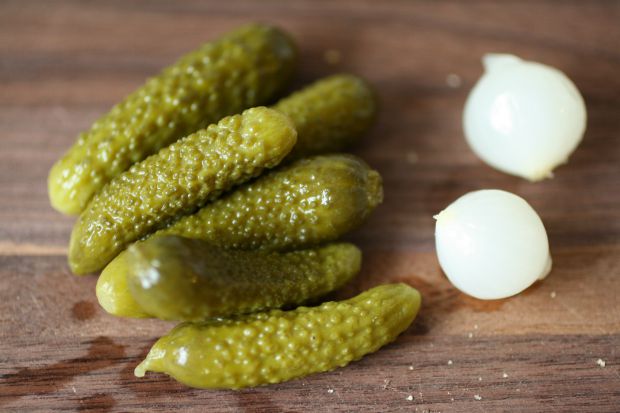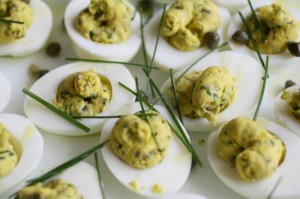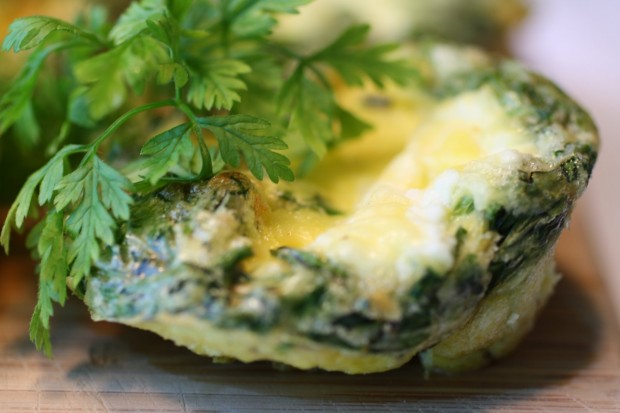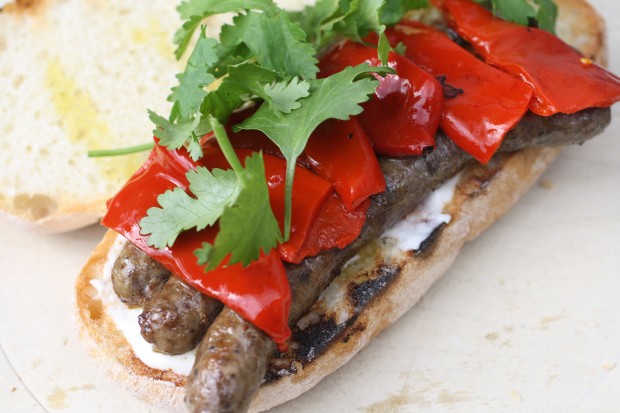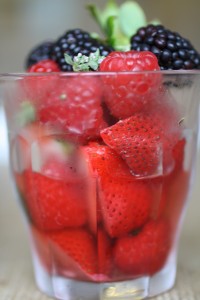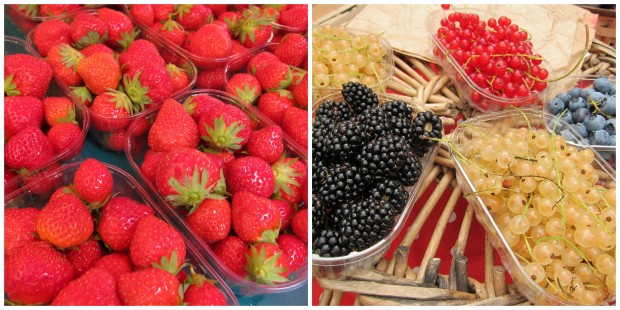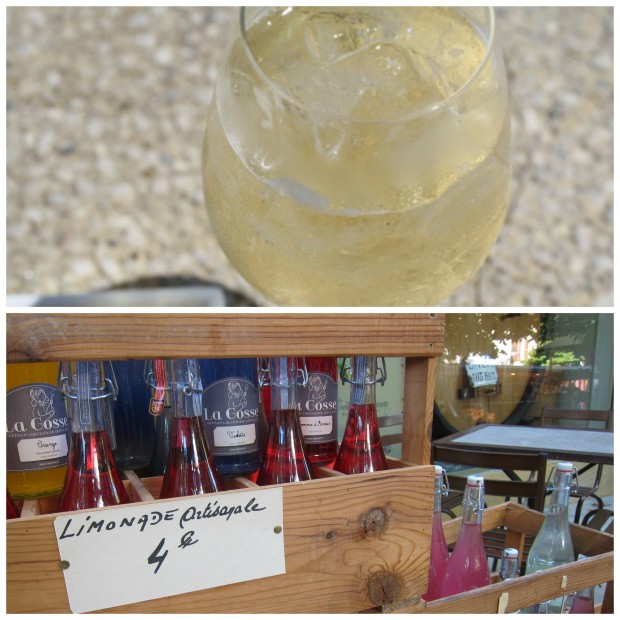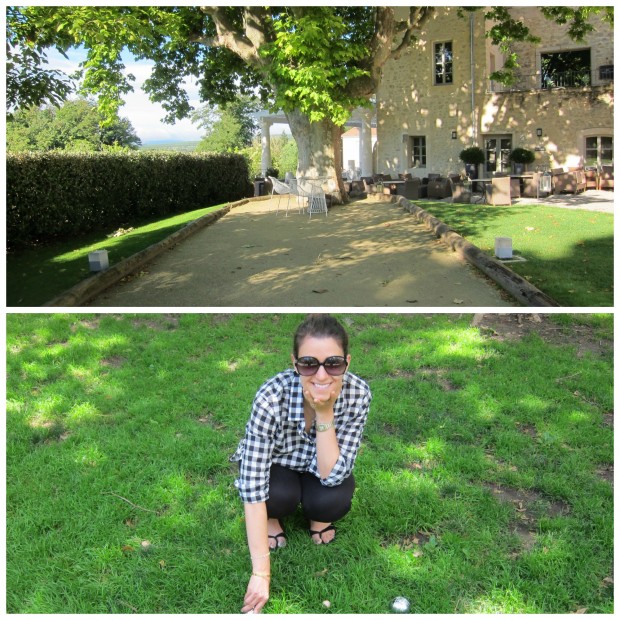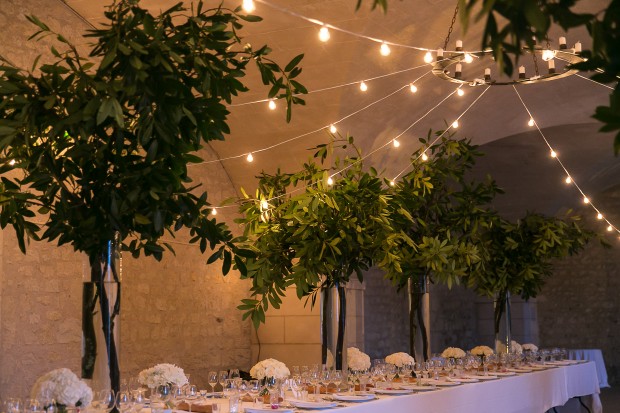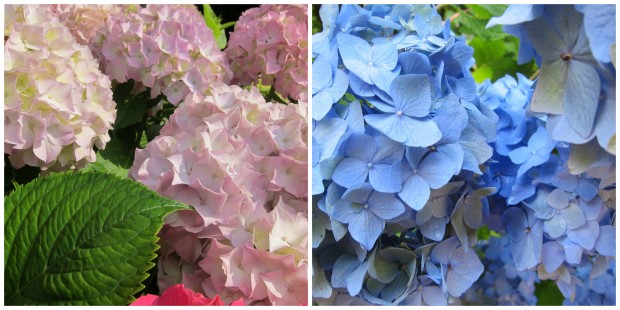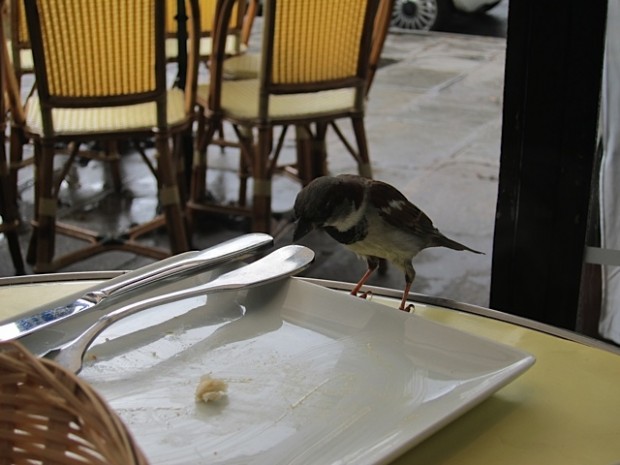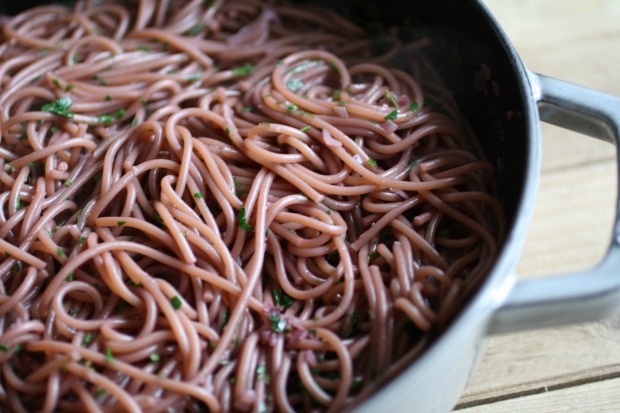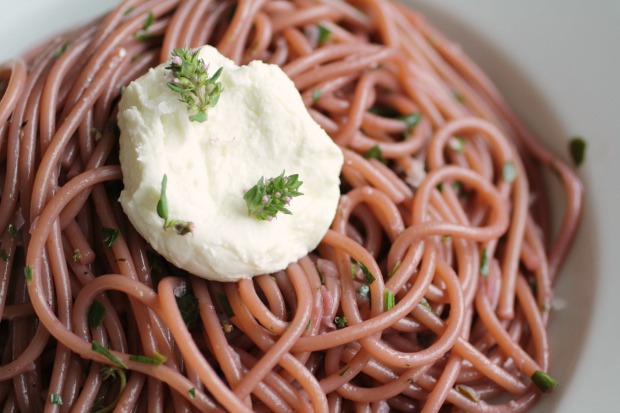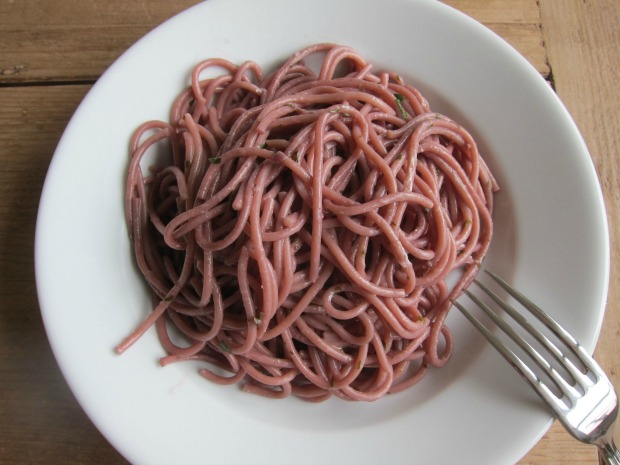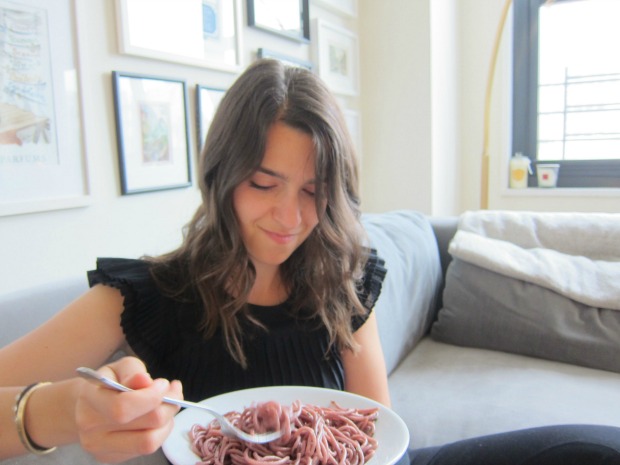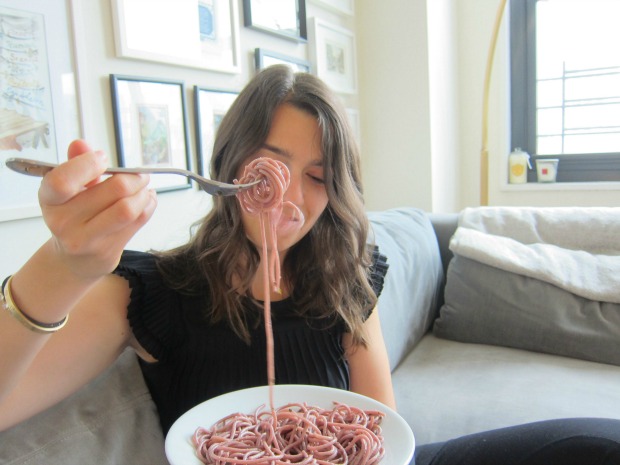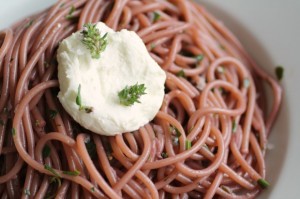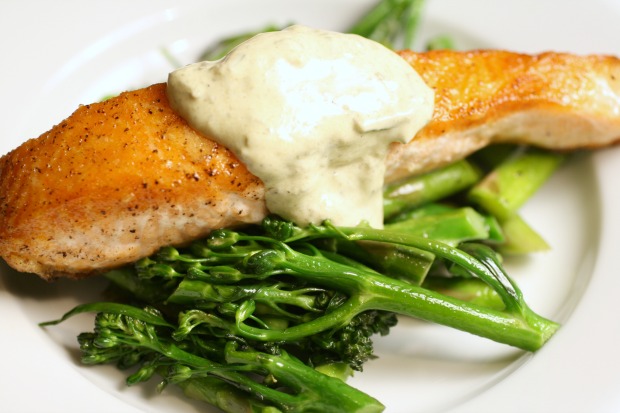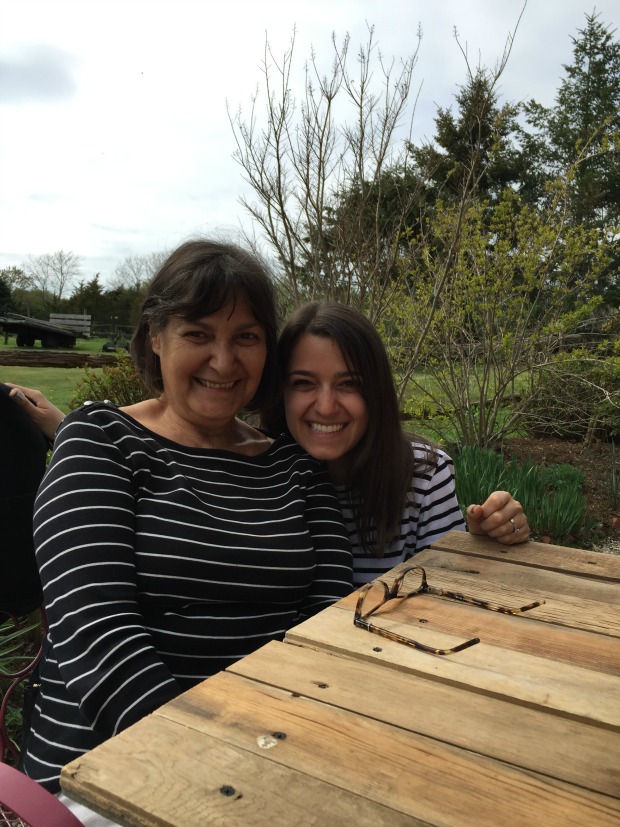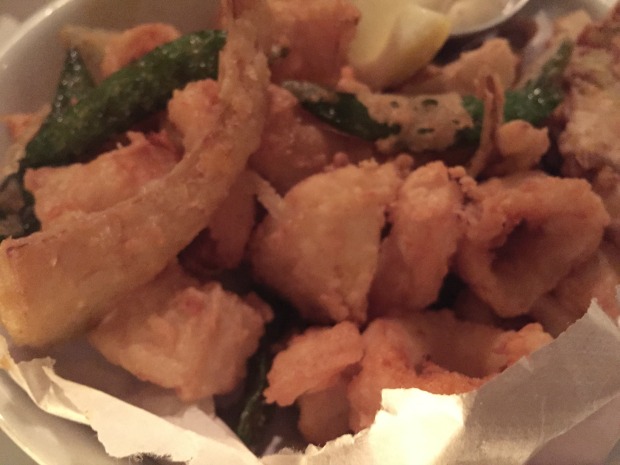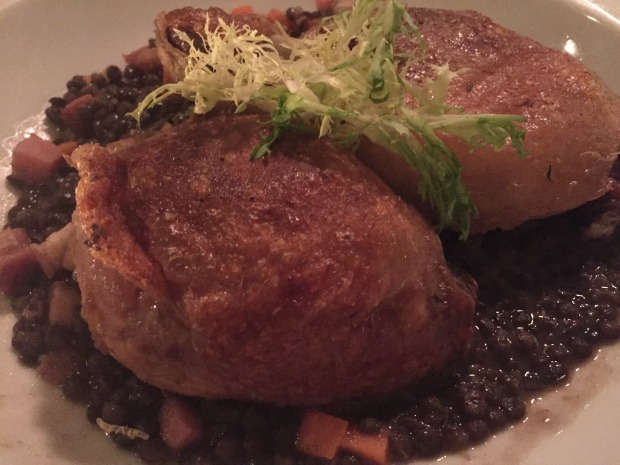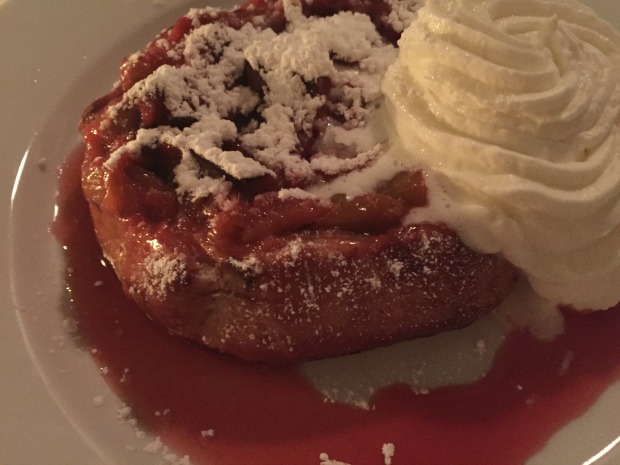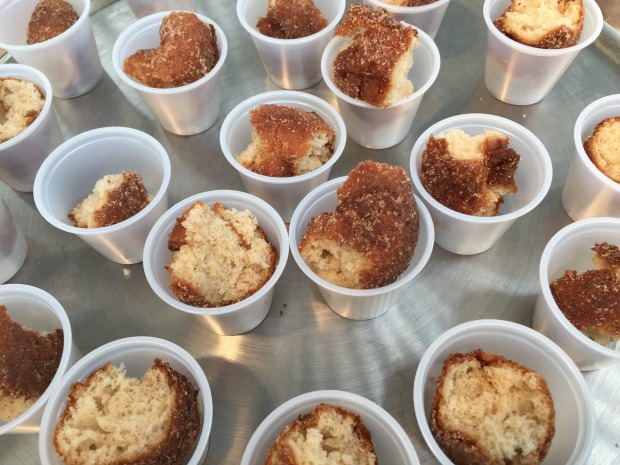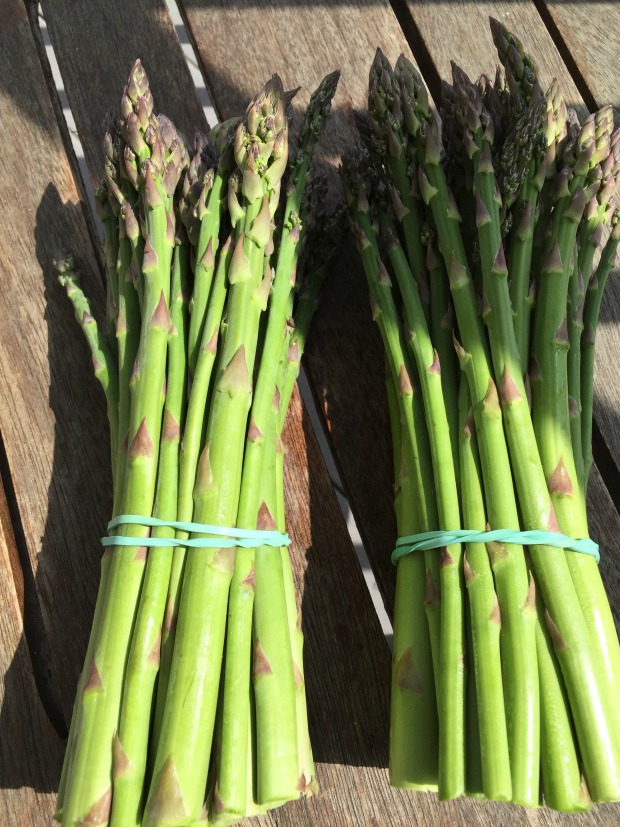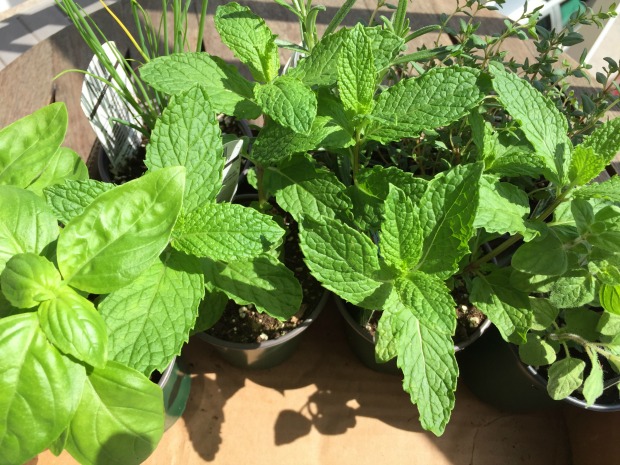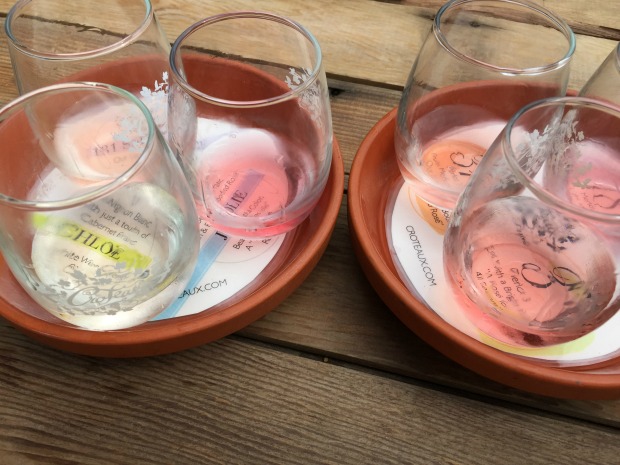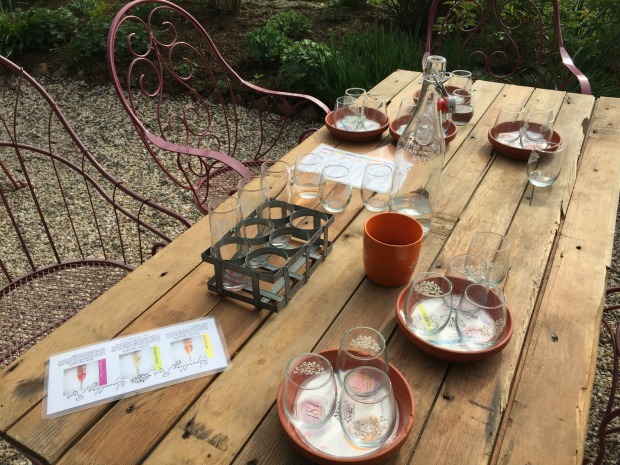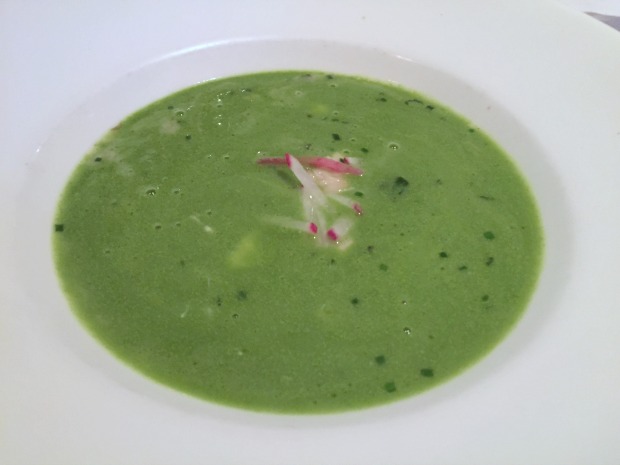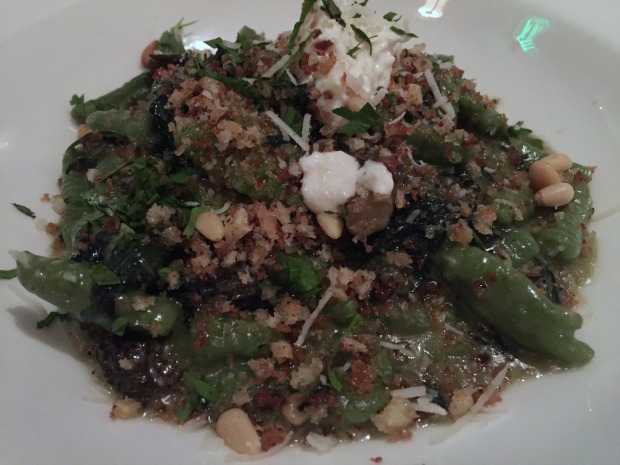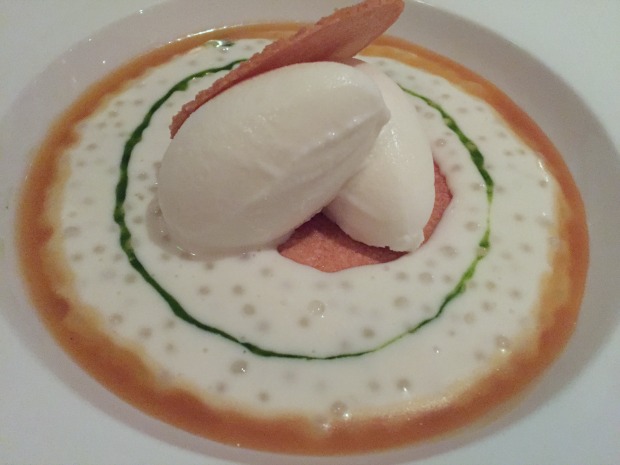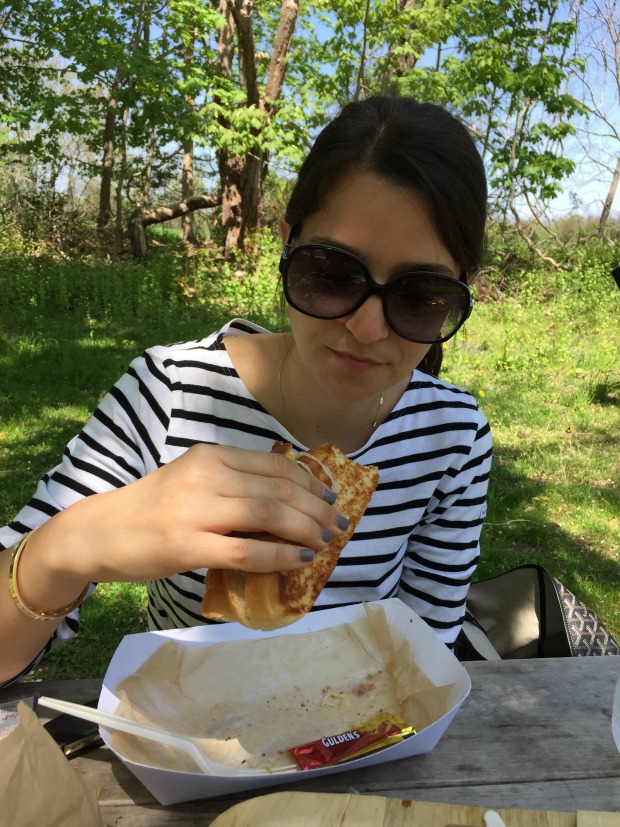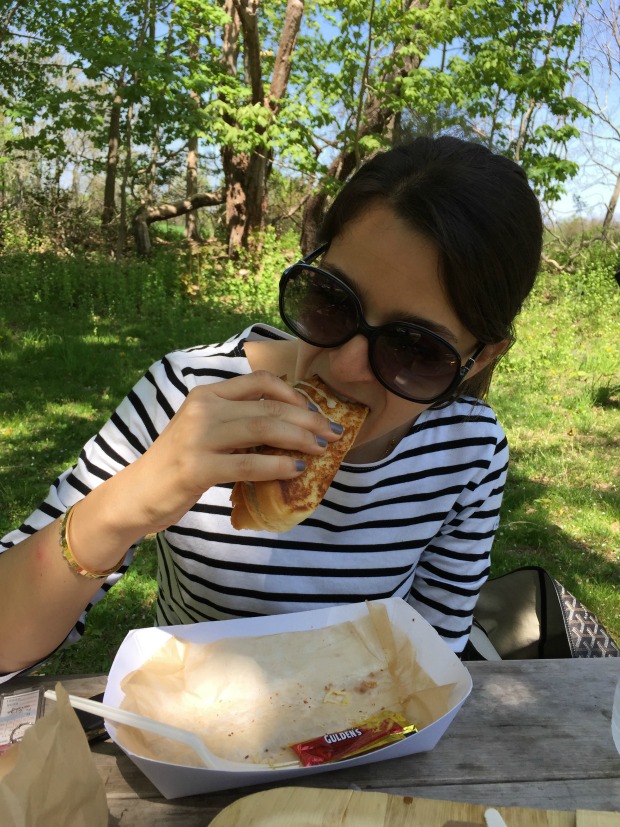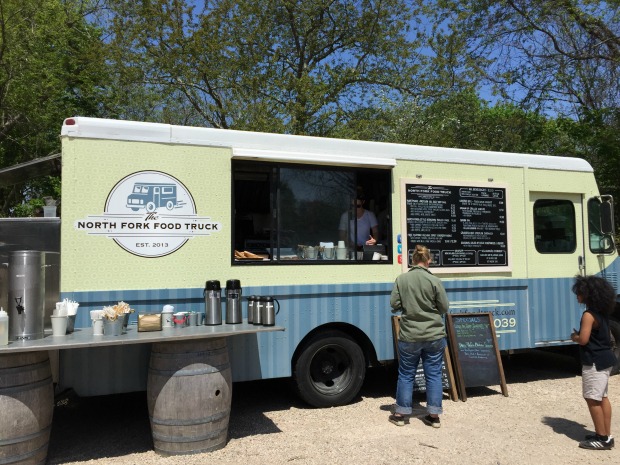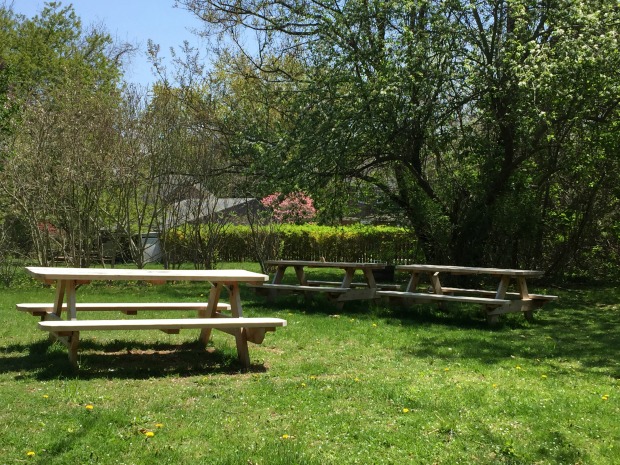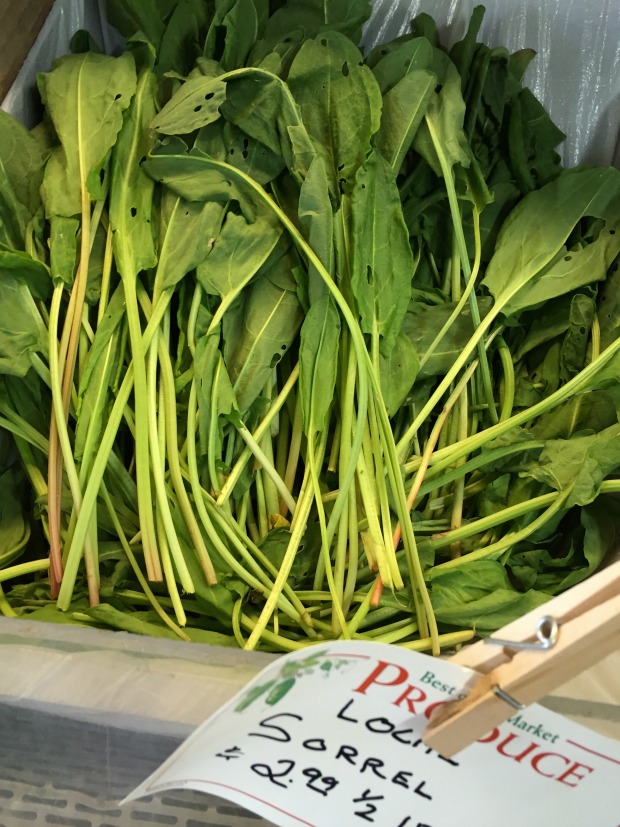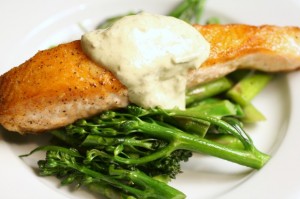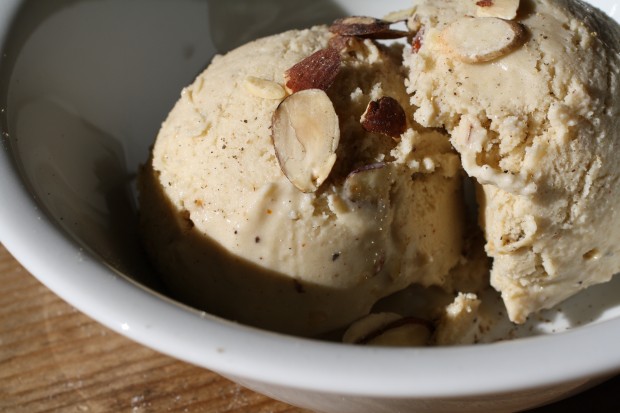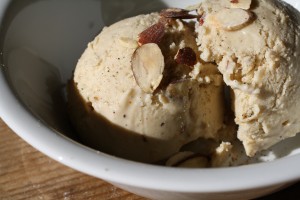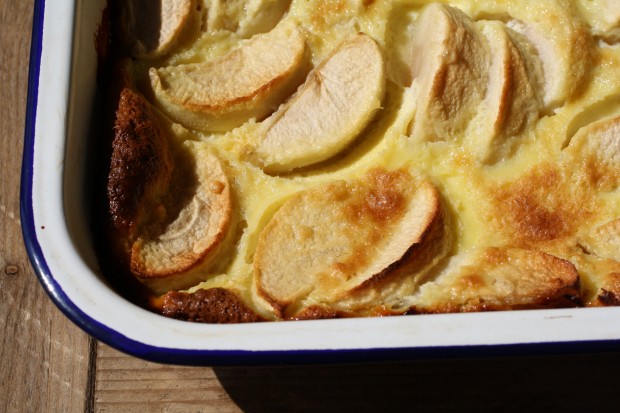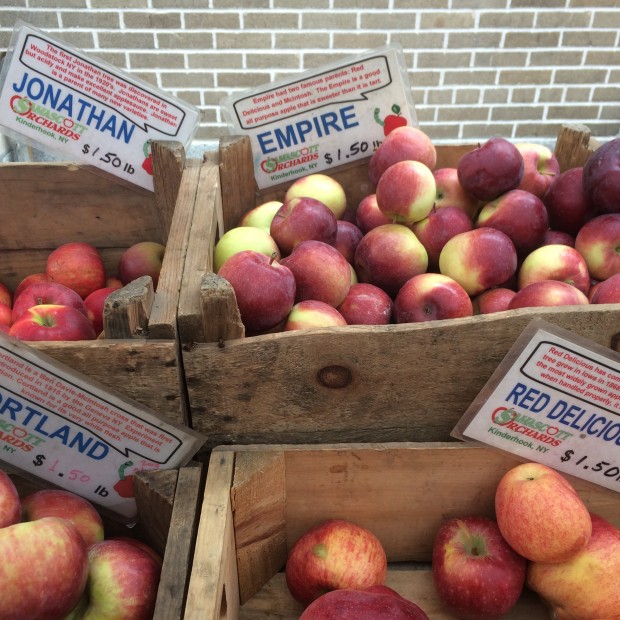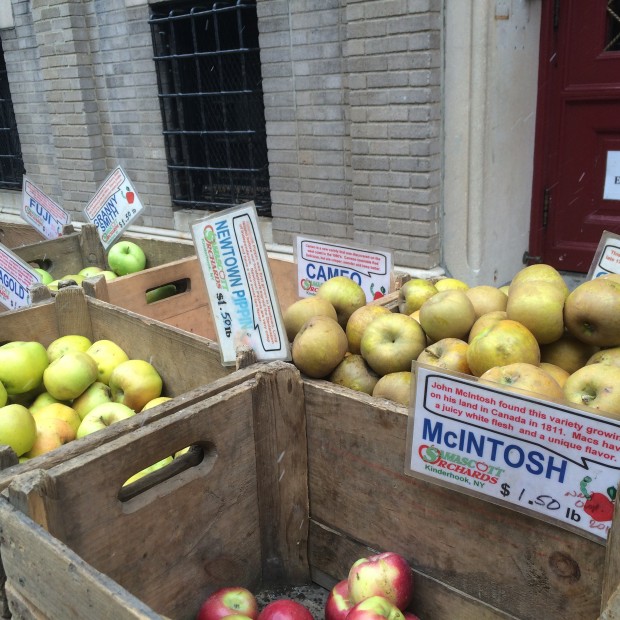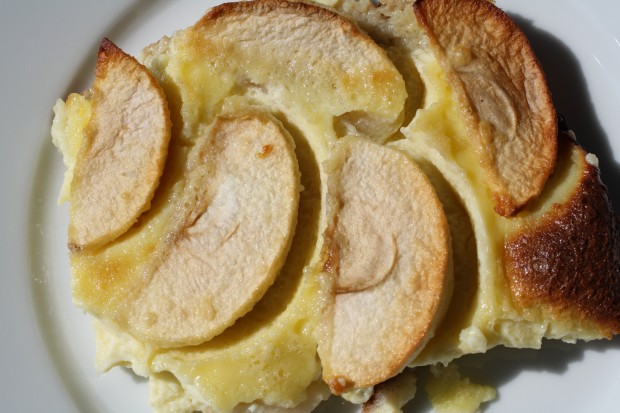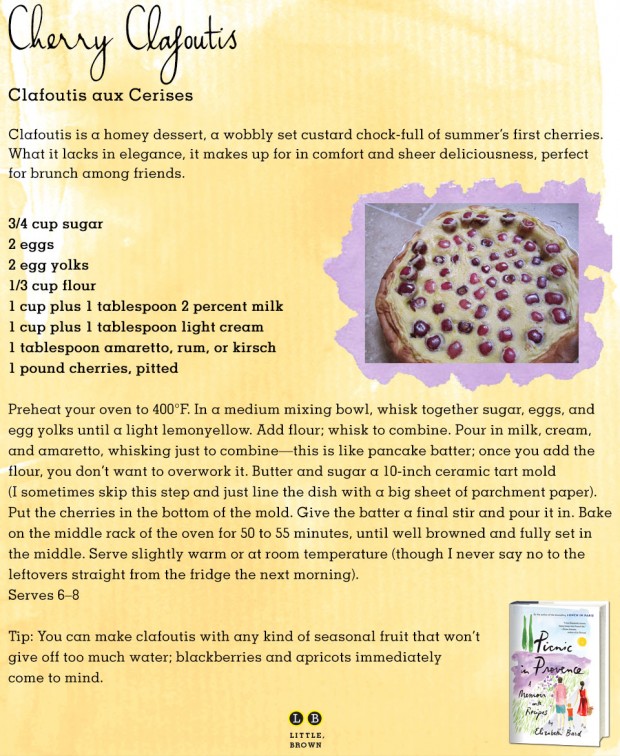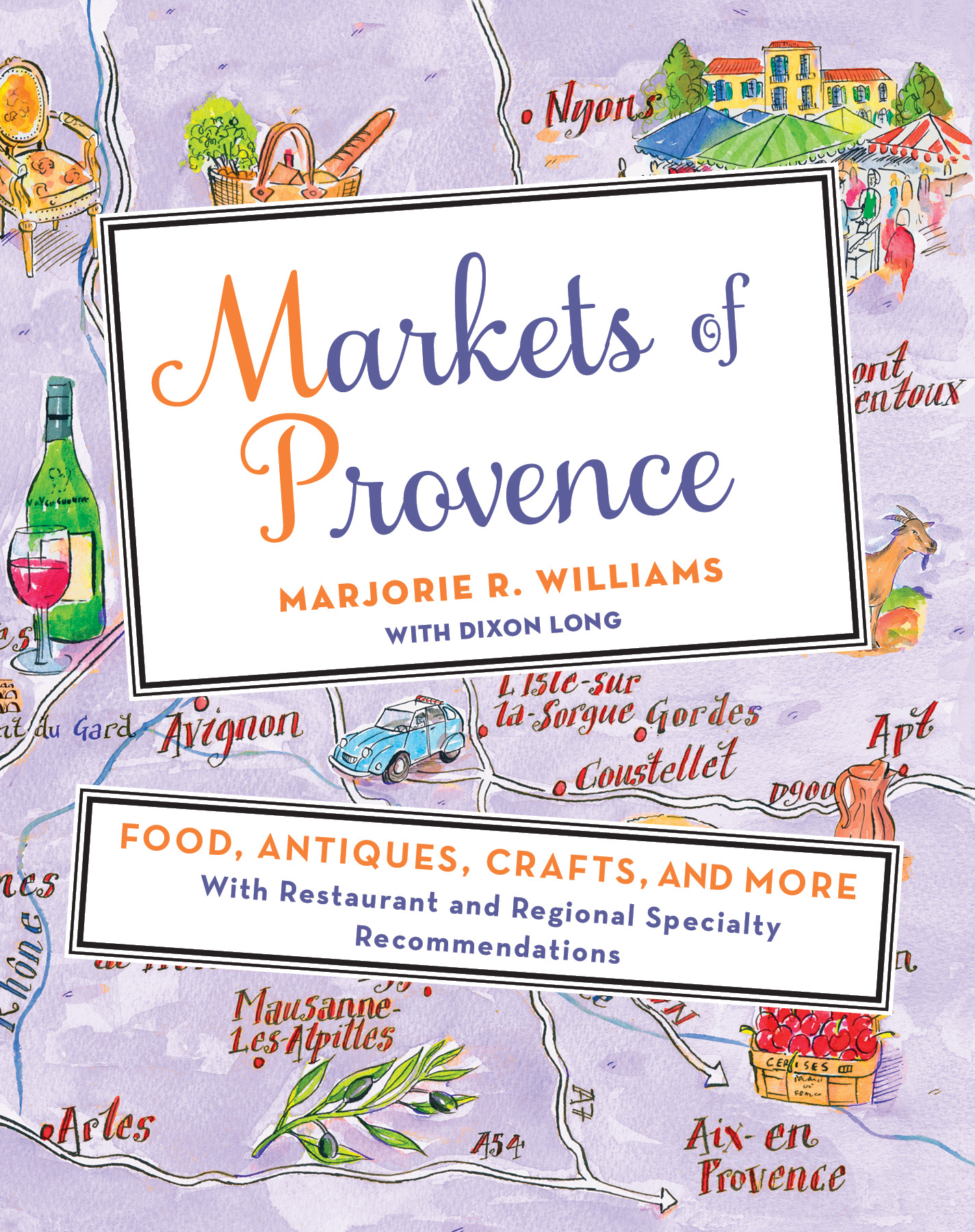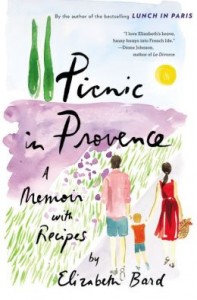 Elizabeth Bard, author and ice cream adventurer, is back to answer ALL your questions. Below, she discusses the virtue of fried dough and (my favorite ingredient!) orange flower water, hairy vegetables, sea snails, and, of course, picnicking in Provence! Plus, if you haven’t already gone out and bought Picnic in Provence (it has nearly five stars on Amazon!), here’s a sneak peak at one of my favorite recipes: 1001 Nuits Ice Cream.
Elizabeth Bard, author and ice cream adventurer, is back to answer ALL your questions. Below, she discusses the virtue of fried dough and (my favorite ingredient!) orange flower water, hairy vegetables, sea snails, and, of course, picnicking in Provence! Plus, if you haven’t already gone out and bought Picnic in Provence (it has nearly five stars on Amazon!), here’s a sneak peak at one of my favorite recipes: 1001 Nuits Ice Cream.
Thank you all so much for sending in these questions. Because Elizabeth was so kind as to answer all of them, I’ve selected one entrant at random (I actually wrote everyone on slips of paper and picked blind from a bowl!) for the prize of a free copy of Picnic in Provence.
@findingfrenchie: What is her favorite meal of all time?
Elizabeth Bard: Oh difficult, but I’d have to pick a dinner we had in Barcelona in 2013. Restaurant with no name, no sign, you have to pick the right door and walk down a florescent lit corridor. There’s no menu, it’s the chef’s choice. Out came course after course, baby squid in garlic oil, sea snails on a bed of sea salt, langoustines, and to finish – the most divine oxtail I’ve ever tasted.
@findingfrenchie: What is Elizabeth’s most used ingredient as of now?
EB: I’m obsessed with roasted cauliflower at the moment…I can never be without fresh herbs: parsley, cilantro, thyme, rosemary.
@akopald: Where should we eat in Provence?
EB: You should buy lots of tempting things at one of the local outdoor markets and find yourself a spot with a lovely view to picnic.
@ruths_collection: I’ve read Lunch in Paris and it’s one of my favorite books [and] cookbooks. Although I don’t really cook and my favorite recipe is the yogurt cake (which I make with pineapples). It seemed you were not a cook before you moved to Paris — but food brought you closer to the culture and suddenly you weren’t shy about trying. How has the Provence experience helped your cooking grow and mature — how is cooking in Provence and the market and foods availability there different from Paris?
EB: I’ve always cooked with olive oil, because I can’t stand the smell of melting butter, and Provence has really reinforced that habit. I do a lot more “naked” cooking in Provence – simple stacking, slicing and combining of great ingredients. It’s more like arts and crafts than cooking!
@lindar1: What is your favorite market in Provence?
EB: Apt on a Saturday for hustle bustle, or Reillanne on a Sunday to really do your weekly errands.
Michelle: Question for Elizabeth! What is your favorite ice cream flavor that you serve at your shop? The 1001 Nuits sounds amazing.
EB: I’m a sucker for the Fraise a la Creme (Strawberries and Cream) ice cream. I forced my husband to make it alongside the more French style strawberry sorbet.
Linda: I loved Lunch in Paris and can’t wait to read Picnic in Provence. Where will your next adventure be? Maybe the west coast, Bordeaux area?
EB: I think with a new business and a great local school, we will be staying put for a while. There’s so much more to learn and do here.
Meridith: Elizabeth, do you incorporate any American food traditions into your holiday celebrations with your family?
EB: Of course, I make my grandmother’s mandel bread for Passover and a fab corn souffle and pumpkin cheesecake for Thanksgiving.
Christine: When you moved, did you discover new breads or pastries (!) that are “native” to Provence? If so, please tell us about your favourites!
EB: I love fried dough in any form, so I wait eagerly each year for the Mardi Gras “Bugnes” – fried puffs of dough flavored with orange flower water.
@JKDabrowska: Have you found a fruit or veg unique to France that we have yet to discover and try over here?
EB: Most people in the States have yet to experiment with the humble (and hairy) celery root. I think it makes the best mashed potatoes ever. I never tasted dandelion greens until I came to Provence, I love their bitter curly bite.
Lacey: Really looking forward to this book! Elizabeth, what is the best part about raising a child in the French countryside? Thank you!
 EB: I love the fact that our son has a real relationship to nature (much more than I ever did). We did an Easter egg hunt out in fields behind a friend’s farm, and he recently adopted a baby goat.
EB: I love the fact that our son has a real relationship to nature (much more than I ever did). We did an Easter egg hunt out in fields behind a friend’s farm, and he recently adopted a baby goat.
Jennai: Have you ever eaten escargots and / or frog legs? Do you like them? Must take some getting used to.
EB: I love the chewy texture of escargot (not so different from clams) and frogs’ legs are really not that different than chicken wings, just more delicate flavor – but mostly it’s about the garlic butter they are often cooked in. There’s nothing like a sizzling platter of escargot with a piece of crusty baguette to sop up the garlic butter.
Isabel: Do you think you’ll stay in France forever or do you envision living somewhere else someday? And if so, where?
EB: “Forever” is about 18 months for us. Hard to say. There’s no 5-year plan in the world that would have gotten me where I am right now, and we are so happy in Cereste. We’ll just have to wait and see!
@findingfrenchie: What meal does her family most enjoy that she prepares?
EB: My son loves my sautéed haricot verts (green beans with or without bacon) and my carrot soup (those two recipes are in Lunch in Paris). Everyone loves the Gateau Maman – literally “Mommy Cake” – which is a pear quickbread (that recipe is in Picnic in Provence).
Christine: What is your preferred writing environment? Do you have a special spot?
EB: A café. Preferably a noisy one. I can’t concentrate alone.
Christine: In your opinion, what is your most ingenious ice cream flavour? Do your customers agree?
EB: The 1001 Nuits (our ice cream based on raz el-hanout, a North African spice blend) has been a big hit; it’s a bit like a spicier version of chai with grilled almonds mixed in. (Kerry’s note: see below!)
Merci, Elizabeth!
If you’ve read this blog more than once, you know that my mother was born in France, and my grandmother in Casablanca. My mother’s cooking leans more towards the French – roast duck, potatoes au gratin, ratatouille. Meme’s, decidedly more Moroccan: her mechoui and green olive stew are legendary (and my personal and much contested viewpoint: the best in the family! Shhh…). When I saw Elizabeth’s 1001 Nuits ice cream, inspired by The Arabian Nights, made with toasted almonds and ras el-hanout (a Moroccan spice blend that means “head of the shop” because each spice shopkeeper has his own secret blend), I thought, this is so us I have to try it! My mother was coming into town, and I knew she’d flip.
The ras el-hanout has the ginger and clove spice that lends a Christmas warmth, but it’s also full of pepper and rose that give it so much more exoticism. I churned it and served it with an extra crack of black pepper and a shower of almond shards over the top. With my family’s predilection for Moroccan flavors (heat in sweets; sweets in savories), combined for their French enthusiasm for ice cream, they really did, in fact, flip. She and my stepfather each had two servings. My father, New York City through and through, had three! Proving you don’t need to have Scheherazade in your blood to find this ice cream irresistible. And like Scheherazade herself, it keeps you coming back for more. Bon app!

1001 Nights --Raz el-Hanout Ice Cream with Grilled Almonds
makes 1 quart. recipe courtesy Elizabeth Bard, Picnic in Provence, Little Brown, (c) 2015
- 2 1/2 cups whole milk
- 3/4 cup sugar
- 1/2 cup heavy cream
- 4 egg yolks
- 1 1/2 teaspoons raz el-hanout
- 1/3 cup sliced almonds, toasted
Toast the almonds in a small frying pan, until golden. Let cool fully and set aside.
In a medium mixing bowl, beat egg yolks with sugar until a light lemon yellow. Set aside.
Prepare an ice bath -- a large mixing bowl full of ice cubes will do it. Set aside. Find your fine mesh strainer and leave it near the ice bath.
Pour the milk and cream into a medium saucepan and add the
raz el-hanout. Heat over a low flame, unitl it's just about to boil. Shut the flame, then slowly add the hot milk to the egg yolk mixture, whisking quickly and continuously to combine.
Pour the mixture back into the saucepan, and cook over low heat, stirring continuously, until the cream coats the back of a wooden spoon. About 5 minutes.
Immediately pour the custard through a fine mesh strainer back into the mixing bowl. Cool briefly in the ice bath, whisking for a few minutes until the cream has cooled a bit. Store in an airtight container in the fridge. If possible, leave for 24 hours, so the flavor has time to develop. Freeze in your home ice cream maker according to the manufacturer's instructions.
After churning, mix in the toasted almonds. Freeze in an air-tight container for an hour or two before serving. Keeps for about a week, but in terms of texture, best eaten on the day it's churned.
print this recipe
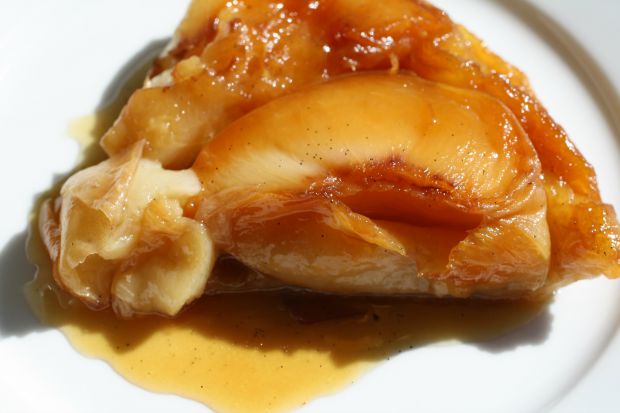 Mr. English and I spent sixteen perfect days in France this summer. It was my first vacation in a year, and I counted each perfect, sun-soaked, olive oil-drenched day one by one until finally the last, devastatingly, arrived.
Mr. English and I spent sixteen perfect days in France this summer. It was my first vacation in a year, and I counted each perfect, sun-soaked, olive oil-drenched day one by one until finally the last, devastatingly, arrived.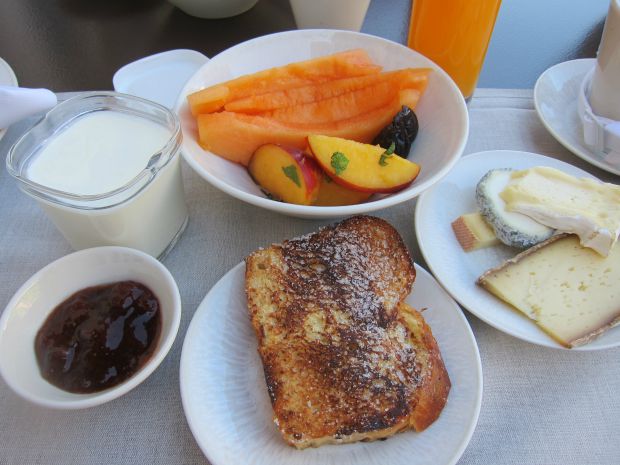
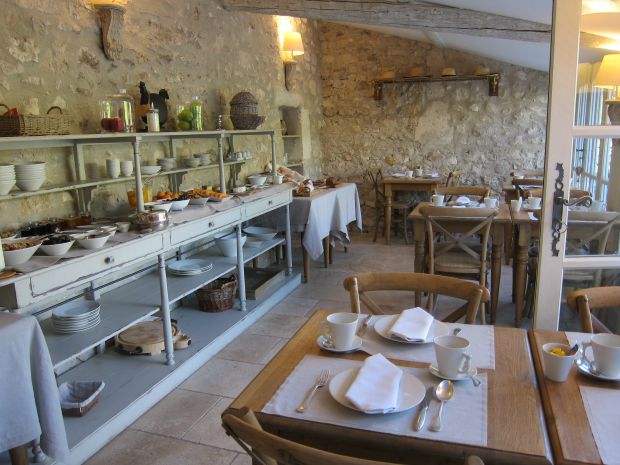
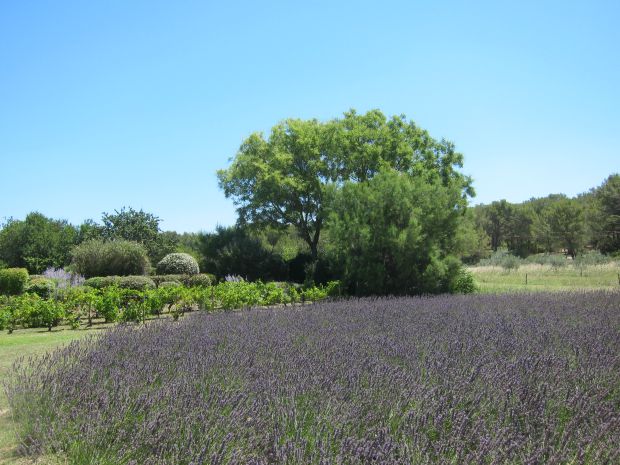
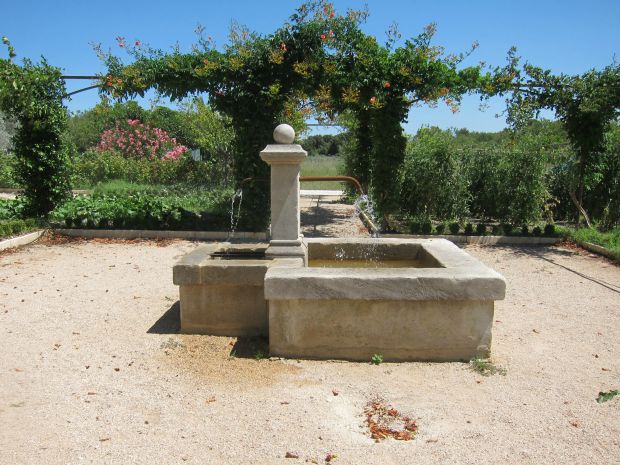 I love breakfast in France – cheese, baguette, yogurt, fruit so ripe it weeps. They did a great seared brioche coated in sugar – better, I think, than French toast. I’ll try to figure out that recipe. Verbena tea. Prunes. Delightful!
I love breakfast in France – cheese, baguette, yogurt, fruit so ripe it weeps. They did a great seared brioche coated in sugar – better, I think, than French toast. I’ll try to figure out that recipe. Verbena tea. Prunes. Delightful!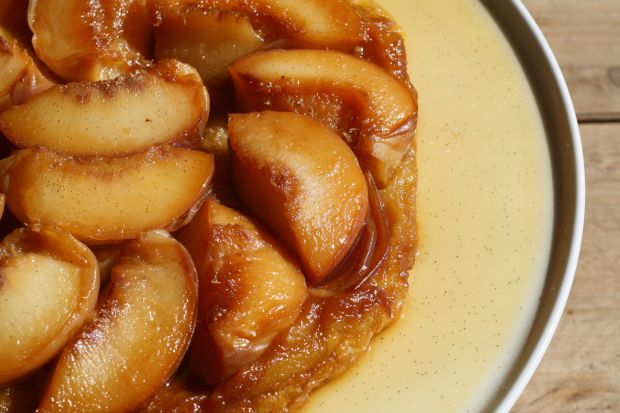 Someone at work recently turned me on to New Jersey peaches — nearly as good as the Provençal ones. I found gorgeous white ones, although, of course, you could use the yellow. I have traditionally found tarte tatin to be quite exacting and hard to get right, but I realize, it is so much easier to make with soft, ripe peaches than with apples, because you don’t need to precook the fruit. Just swirl around sugar, water, and vanilla bean seeds in a pan until golden, add in some cool unsalted butter, and arrange your peach slices on top. I add a pinch of Maldon sea salt too, because what’s caramel without salt? Then I just top with puff pastry out of the fridge, and throw the whole thing in the oven.
Someone at work recently turned me on to New Jersey peaches — nearly as good as the Provençal ones. I found gorgeous white ones, although, of course, you could use the yellow. I have traditionally found tarte tatin to be quite exacting and hard to get right, but I realize, it is so much easier to make with soft, ripe peaches than with apples, because you don’t need to precook the fruit. Just swirl around sugar, water, and vanilla bean seeds in a pan until golden, add in some cool unsalted butter, and arrange your peach slices on top. I add a pinch of Maldon sea salt too, because what’s caramel without salt? Then I just top with puff pastry out of the fridge, and throw the whole thing in the oven.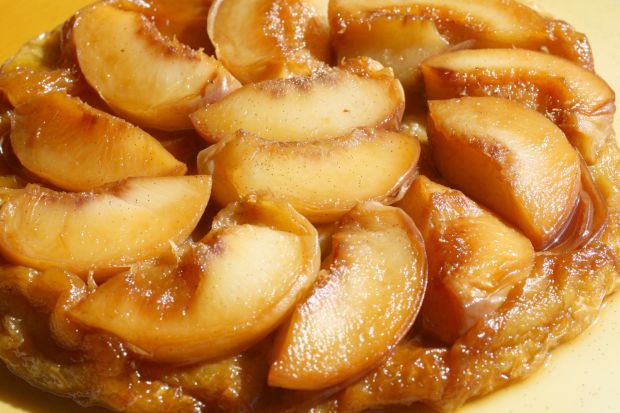 The caramel is bitter-salty-sweet, has that deep vanilla perfume, and it mixes with all the peachy juices. When you flip it over, the caramel juices form a deluge, rushing to the edge of the platter (use one with a rim!), so that the tarte looks like the ark awash in a peachy sweet sea after forty days and forty nights. The puff pastry soaks it up but keeps its own sense of self at the same time. It is so good! Throw some crème fraîche on the side. It is a summer showstopper. I had this grand plan to invite people over to devour it, but Mr. English and I just keep sneaking off to the fridge for “slivers”. I’m putting this one on repeat until peach season is up!
The caramel is bitter-salty-sweet, has that deep vanilla perfume, and it mixes with all the peachy juices. When you flip it over, the caramel juices form a deluge, rushing to the edge of the platter (use one with a rim!), so that the tarte looks like the ark awash in a peachy sweet sea after forty days and forty nights. The puff pastry soaks it up but keeps its own sense of self at the same time. It is so good! Throw some crème fraîche on the side. It is a summer showstopper. I had this grand plan to invite people over to devour it, but Mr. English and I just keep sneaking off to the fridge for “slivers”. I’m putting this one on repeat until peach season is up!

